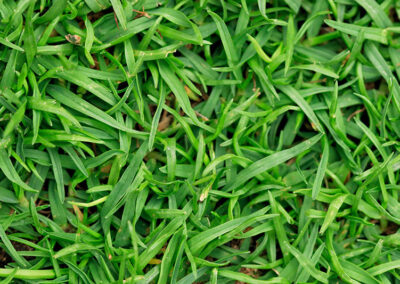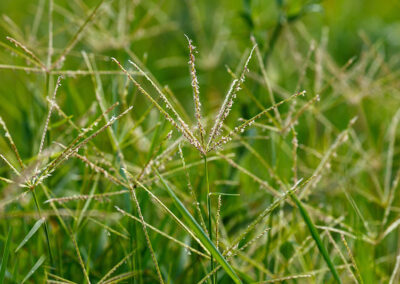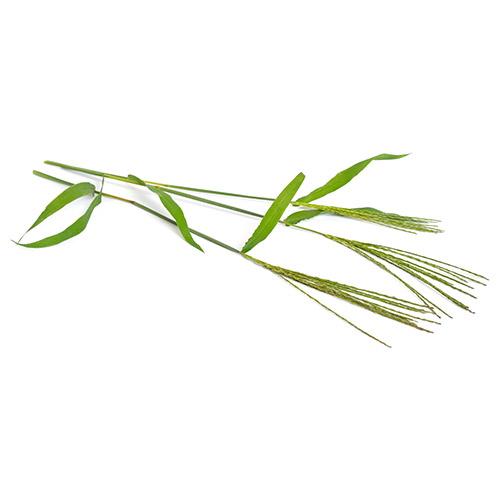
Bermuda Grass

Pollen Type: Grass
Cross-Reactivity: Blue Gamma Grass, Salt Grass
HS Allergy Extract: Bermuda Grass
Family: Gramineae
Genus/Species: Cynodon dactylon
Common Names: Bermuda Grass, Scutch Grass, Wire Grass , Bahama Grass, Devil Grass
Distribution: Maryland to Oklahoma and south to Florida and Texas. West to Nevada and California. Occasional and very spotty from Michigan to New Hampshire and Southern Oregon shows an occasional incidence. Most abundant in the semi-arid and the irrigated arid regions of the Southwest.
Locations: A major turf species used for sports fields, lawns, parks, golf courses, and general utility turfs. Found in the wild and used as a forage crop. It does not require the high amount of water most other turf grasses do.
Pollination Method: Wind-pollinated
Pollinating Period: April-September (or frostless months of the year)
Description: Bermuda Grass is a perennial grass that grows 4”-16” high and is the most common turf grass in the southeast United States. It spreads by rootstalks (rhizomes) and stems (stolons) to form a thick mat or turf. The blades are short and flat. The head is composed of 4 or 5 finger-like spikes, 1”-2” long at the top of a slender flowering stem. Bermuda Grass produces large quantities of very buoyant pollen and is considered one of the most important hay fever grasses within its range.
Photo Gallery:




